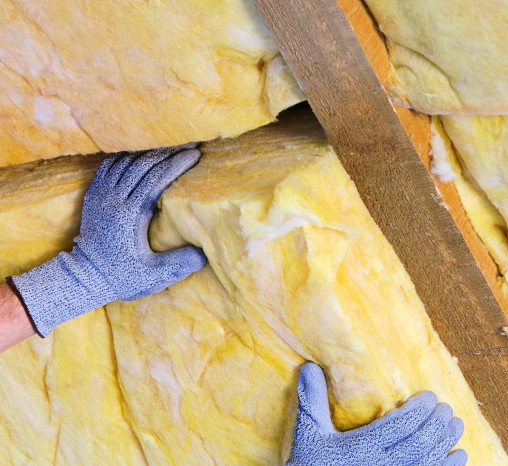Insulating for an energy efficient building

If you are looking to build or renovate, you need to make sure your home complies with the thermal resistance requirements set out in the Building Code.
Insulating your home is the most effective thing you can do to keep it warm and save energy and money.
Reasons to insulate
A fully insulated home needs about half the heating an uninsulated home requires. It provides year-round comfort and a healthier environment for the residents. Insulation also helps reduce condensation, damp and mould.
Insulation reduces the rate heat is lost through ceilings, walls and floors. It traps air in small pockets and provides a barrier to stop heat from escaping, and is created from materials such as:
- fibreglass
- cellulose
- polystyrene
- polyester
- wool fibre.
The best time to insulate is when building a new home or during renovations while walls and ceilings are exposed. Well-made, good-quality insulation is more likely to do its job and remain effective for many years.
Insulating for thermal resistance
Buildings in New Zealand must be constructed with adequate thermal resistance.
Scientific tests in New Zealand and overseas have clearly shown that small gaps around insulation can significantly reduce the effectiveness of the material, as the gaps allow air movement that transfers heat.
Similarly, compressing insulation to less than its intended thickness reduces its insulation value.
The Building Code sets out a minimum level of performance for individual elements in Clause H1 Energy Efficiency, which can be used as a benchmark for the repair or replacement of these elements. This performance requirement is provided in Clause H1.3.1.
However, the Building Code does not describe the thermal resistance of individual elements such as windows, walls, floors or roofs; only their combined performance.
Risks when installing home insulation looks at the risks of installing insulation and how to minimise them.
Repairs and replacements – H1 compliance can help designers, builders and building consent authorities (BCAs) reach a common understanding of what building work must comply with clause H1, including repairs, alterations and extensions.
Retrofitting insulation in external walls is useful for BCAs, designers, and installers.